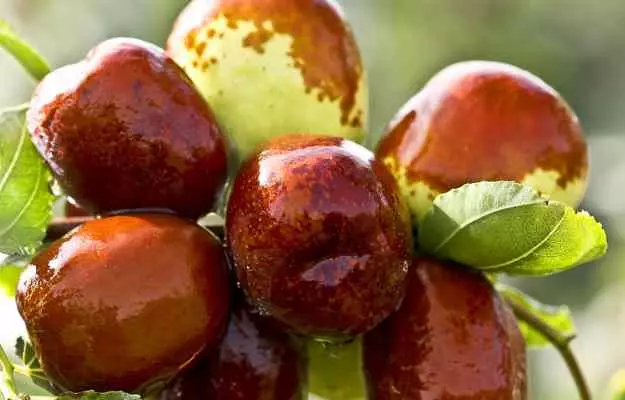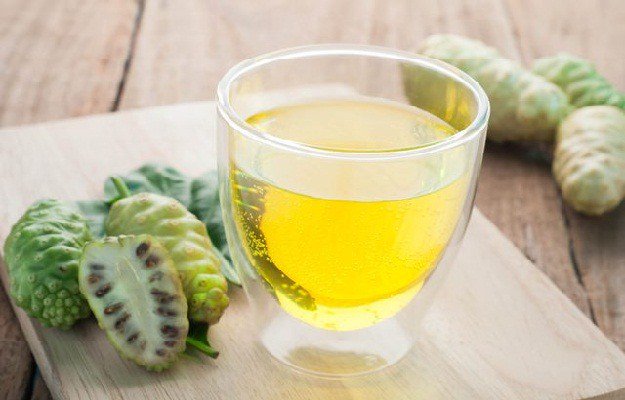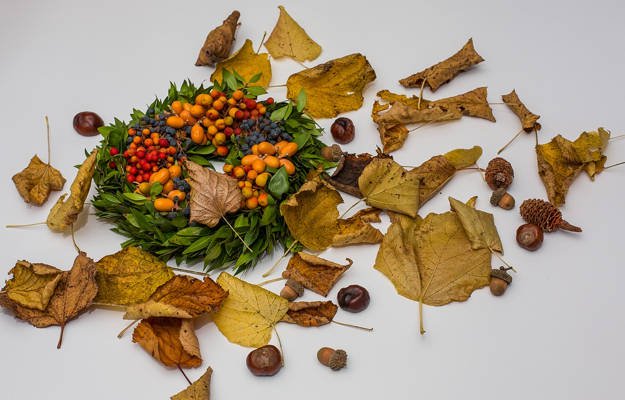Jujube fruit or ber is a tropical berry belonging to the family Rhamnaceae. It is one of the many fruits that have closely related and similar looking varieties in tropical, subtropical and temperate areas of the world and are enjoyed in both fresh and dried forms. Interestingly, ber fruit has an entirely different appearance and flavours in both of these forms. While the green to golden coloured fresh ber fruits are known to taste as sweet as apples, its dried forms have an appearance and flavour just like that of dates. In fact, ripe and dried ber fruit is also known as Chinese date.
This variety is not just apparent in flavours and colours, but jujube fruit also packs an array of health building nutrients. It has traditionally been used in the treatment of several diseases ranging from stomach upset to insomnia.
Jujube fruit is being used in Traditional Chinese medicine for about 3000 years and is considered one of the five important medicinal fruits in ancient herbal scriptures of China.
Curious to know more?
This article will provide you with scientific evidence behind traditional uses of jujube fruit and will also tell you about its use to reap maximum benefits.
Some basic facts about jujube fruit:
- Botanical name: Ziziphus jujuba, Z. mauritiana
- Family: Rhamnaceae
- Common name: Jujube, Chinese date, Indian plum, Indian cherry, ber, Chinese fig
- Parts used: Fruit, leaves
- Native region and geographical distribution: Jujube fruit is native to India, China, Afganistan, Malaysia and parts of Australia. It also grows in Jamaica, Puerto Rico, Florida, Guatemala and other dry and warm areas in the world.





























